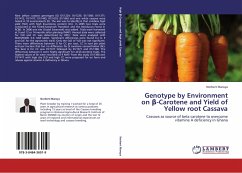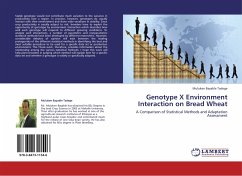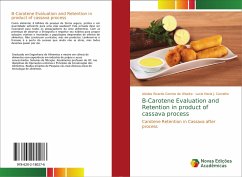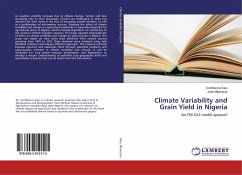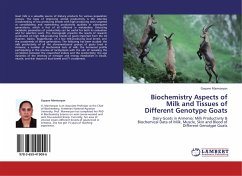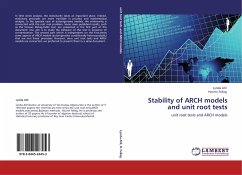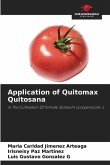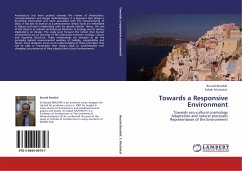Nine yellow cassava genotypes (G) 01/1224; 01/1235; 01/1368; 01/1371; 01/1412; 01/1417; 01/1442; 01/1610; 01/1663 and one white cassava were tested in 10 environments (E). The aim was to identify G that combine high yield (YLD) with high -carotene content (CC). In 2005 two trials were conducted in the Forest-Savannah Transition and the Deciduous Forest in RCBD. In 2006 one site (Costal Savannah) was added. Trials were harvested at 9 and 12 or 14 months after planting (MAP). Harvest data were collected for YLD and CC was determined by HPLC. Data were analyzed with MATMODEL 3.0; GGE biplot. Significant differences were found for G, E and GxE for the agronomic traits. Only the GxE of YLD was not significant. There were differences between G for CC per root, CC in root per plant and per hectare (ha) but no difference for carotene concentration (Bc). The best G for CC was 01/1417 followed by 01/1371 and 01/1368. The differences between E were highly significant for all -carotene traits. The highest values of Bc were recorded at 9 MAP. From this study 01/1368 and 01/1417 with high dry YLD and high CC were proposed for on farm and release against vitamin A deficiency in Ghana.
Bitte wählen Sie Ihr Anliegen aus.
Rechnungen
Retourenschein anfordern
Bestellstatus
Storno

